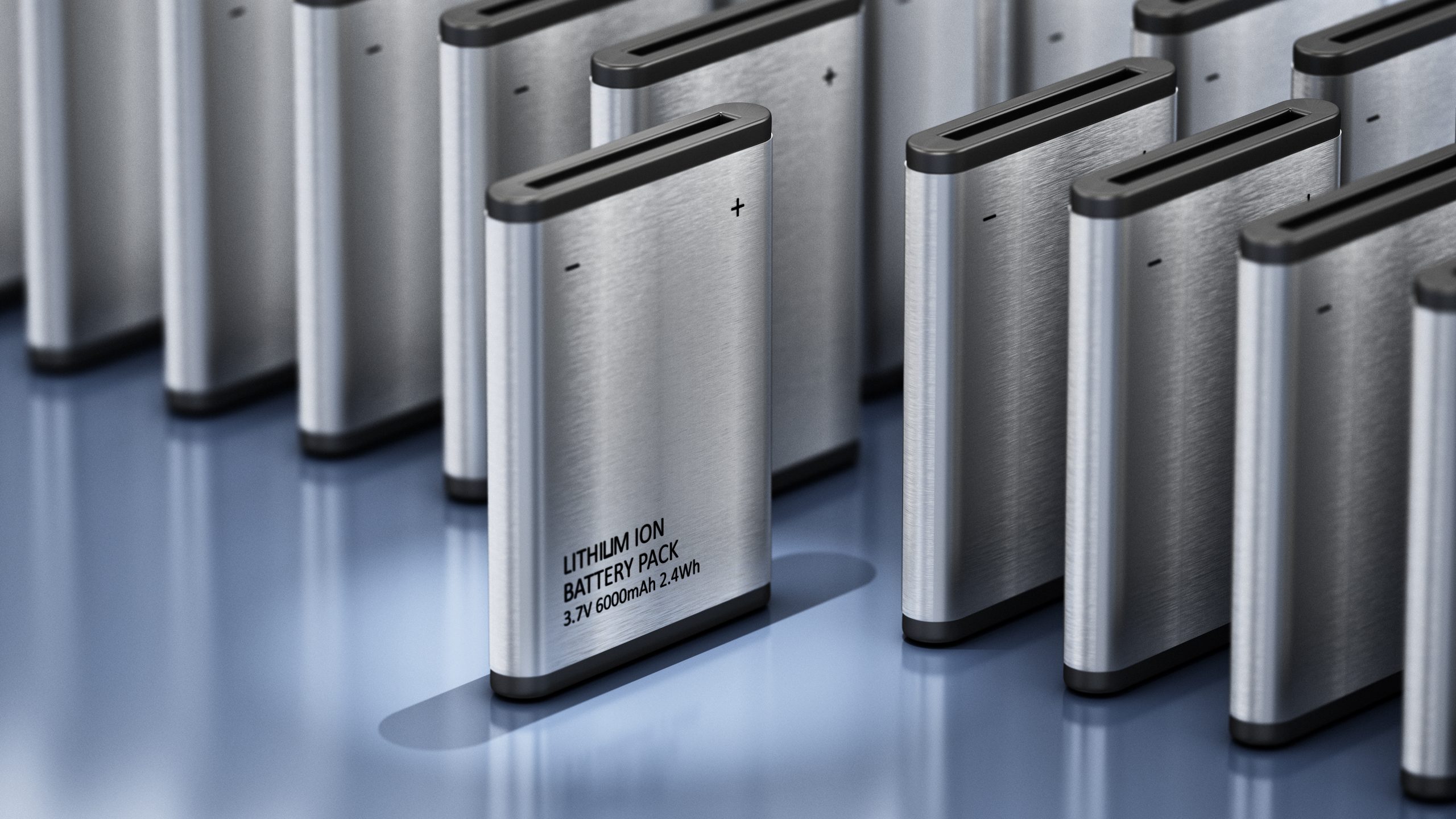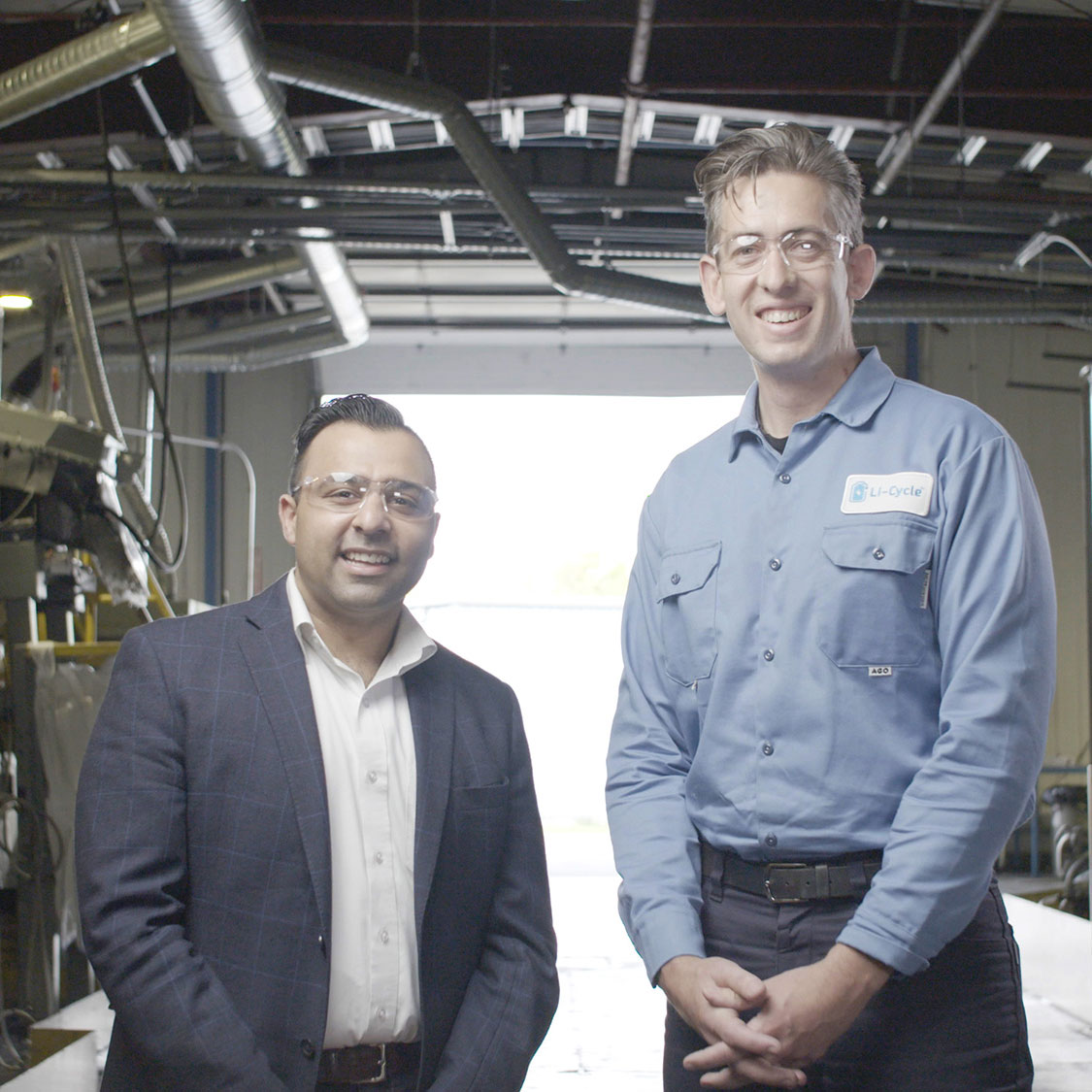



December 23, 2020



January 23, 2020 – Carolyn Fortuna
Technology advances, electrification of our economy, and the pressing climate crisis are transforming the way we use electricity and are mobile. With renewable energy on the upswing and automakers adding more and more electric vehicles (EVs) into their catalogs, battery-based energy storage is coming into its own. Lithium-ion (Li-ion) batteries are the fastest growing and most promising battery chemistry. With the growing demand of lithium-ion batteries for both energy storage systems (ESS) and EVs comes the growing responsibility for the industry to “address and approach for managing the extensive fleet of advanced industrial batteries that are being deployed now,” according to the Energy Storage Association. That’s because lithium-ion batteries are classified as hazardous waste upon reaching end-of-life (EOL), and lithium ion batteries are designed, built, and traded without recycling in mind. The need to recycle lithium-ion batteries needs to be factored into each stage of their lives.
Managing advanced industrial batteries after their useful lives poses unique challenges for many stakeholders in the industry value chain. With deployments on a gigawatt-hour (GWh) scale of ESS battery systems planned, research indicates that the industry must address an approach for managing the extensive fleet of advanced industrial batteries that are being deployed now and will need to be managed responsibly upon reaching end-of-life in future years. Policy level initiatives to meet greenhouse gas emission reduction targets and the drive to improve the air quality in urban cities are expected to keep supporting the sales growth in electric vehicles across the globe, which crossed 2 million units in 2019.
Further, this analysis indicates that consequent increase in spent lithium-ion batteries is likely to present itself as a challenge for waste management, as well as an opportunity for the battery recyclers, to recover valuable metals like lithium and cobalt, making battery recycling a valuable secondary source for key raw materials. Government organizations, research institutions, and battery manufacturers have already begun collaborating for technological advancements in battery recycling technologies.
A 2020 paper from the Royal Society of Chemistry (RSC) describes the difficult collective task to recycle lithium-ion batteries. The lack of any standardization of cells and the predominance of cells from small portable devices means that initial recycling approaches will be more similar to solid municipal waste, producing streams of lower purity. Homogenization of cell design and chemistry and the larger fraction of similar automotive cells will enable easier recycling with streams of higher purity and higher value. From a “Green Chemistry” perspective, the RSC authors analogize how it is the scale of the market growth that necessitates the manufacturing and recycling process to be as efficient as possible.
Demand for uninterrupted power across the emergency power, off-grid power, and automotive industries has spurred the portable power industry, which is set to grow from an estimated $330 million in 2020 to $474 million by 2025 at a compound annual growth rate of 7.5%. North America comprises the largest portable power station market in the world. Shifts from dangerous gas and diesel-powered generators is continuing the growth of emission-free electrical generators.
Lithium-ion batteries are having a significant impact on electric generators, especially considering that, between now and 2030, 11 million metric tons of lithium-ion batteries are expected to reach the end of their service lives. At present, though, there is little incentive to recycle lithium ion batteries compared to the lead-acid batteries. They could head to landfills and contaminate soil and groundwater unless they are recycled, and fewer than 5% are recycled today.
But a different approach can produce more sustainable results for lithium-ion batteries at their end-of-life.
To disrupt that dangerous disposal and contamination pattern, Portable Electric has partnered with Li-Cycle, a Canadian lithium-ion battery resource recovery company. Under the partnership, Li-Cycle will recycle the lithium-ion batteries from VOLTstack electric generators once the batteries reach end-of-life. They’ll return the recovered materials back into the battery supply chain.
“Sustainability has always played an important role in how we go about conducting business here at Portable Electric, as well as how we help our customers achieve their sustainability mandates. We’re excited to be working with Li-Cycle in addressing end-of-life issues surrounding lithium-ion batteries and do our part to maximize battery material recovery rates,” says Mark Rabin, CEO and Founder of Portable Electric.


Since its inception in 2016, Li-Cycle has been on a mission to provide solutions to customers when it comes to managing end-of-life batteries safely and sustainably, while also creating a secondary supply of critical battery materials.
“Li-Cycle is excited to be supporting Portable Electric with our battery recycling services. The Portable team is filling a gap in the market where fewer sustainable power solutions are typically used. By partnering with Portable, we’re supporting their efforts to minimize the environmental impact of their power solutions,” said Kunal Phalpher, Chief Commercial Officer at Li-Cycle.
An important issue associated with EOL batteries is reuse. Automotive packs are thought to have an estimated lifetime of between 8–12 years, depending on charging history, but even at the end of this period they could potentially have up to 20 years storage capacity, which will become a growing market with increased production of electricity from renewable sources.
A final hurdle in recycling, with legislation, is the storage and transportation of lithium ion batteries. Future recycling could favor more localized recycling or pre-treatment plants, minimizing transportation of spent units. Optimization of the location of recycling plants relative to the waste streams that they serve, could aid in improving both the lifecycle impacts and techno-economics of this system.
There are strong incentives to co-locate manufacture and recycling and, given issue of logistics with the transport of batteries, these may become close to the vicinity of automobile manufacture. Development of appropriate legislation would incentivize manufacturers to recycle their EOL lithium ion batteries, as a closed-loop in a safe and economically viable manner.
The energy storage industry advocates for programs and policies to encourage the recycling of lithium-ion batteries, R&D to be directed at new technologies for recycling, as well as greater focus on understanding end-of-life costs from the project development phase onwards and market-driven competition for reducing end-of-life costs in an environmentally sustainable way.
